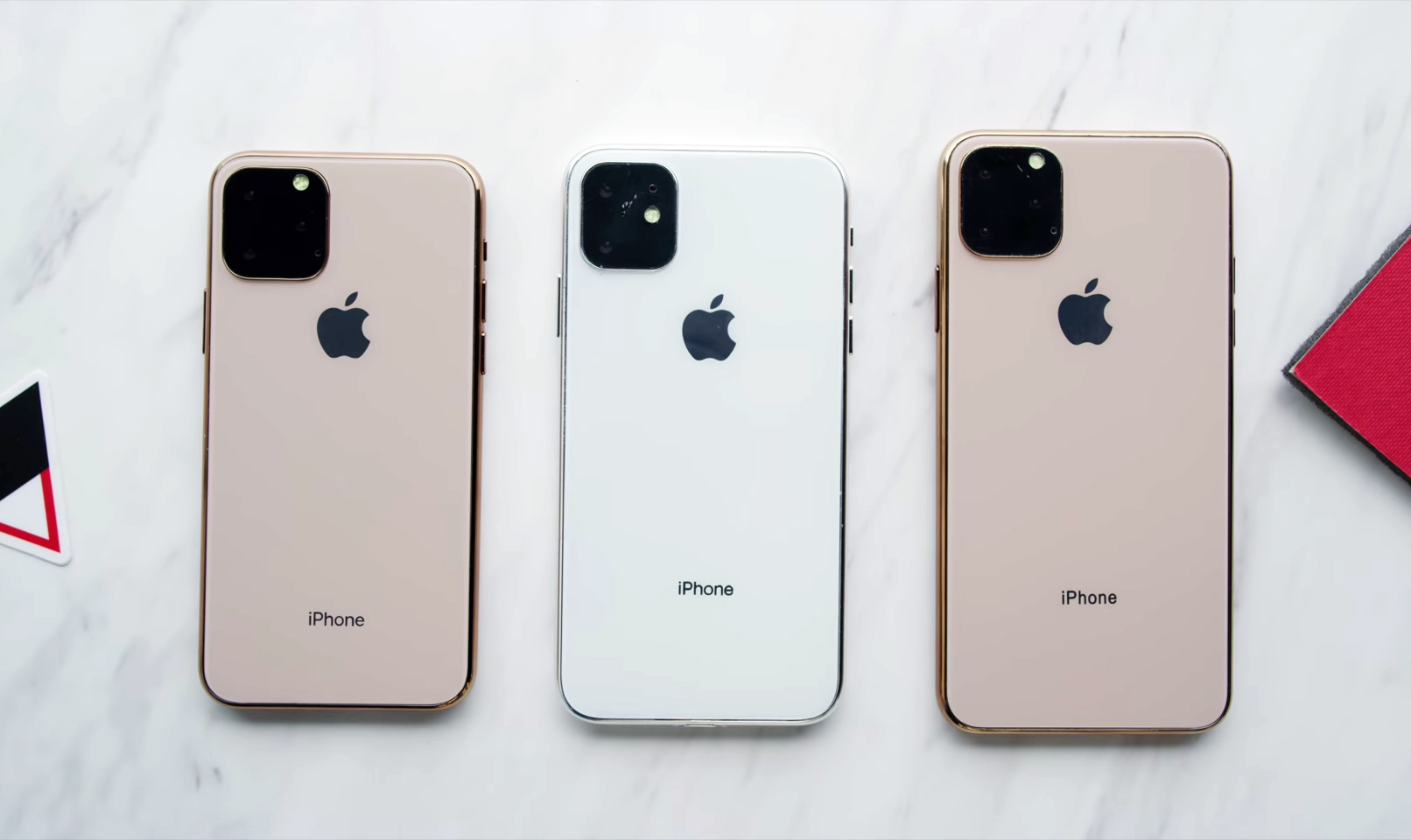Every Single iPhone 11 Picture You've Seen So Far Is Wrong - Here's Why
We're now exactly two weeks and one day away from Apple's big September press conference, during which it will unveil the next-generation iPhone lineup. Rumored to be called the iPhone 11, iPhone 11 Pro, and iPhone 11 Pro Max — for better or worse — Apple's upcoming new iPhones were initially believed to be somewhat modest updates. But the trickle of leaks that had been dripping across the internet for months became a rushing river in recent weeks, and a number of exciting new features have been revealed. Apple's iPhone 11 series pack plenty of power thanks to next-generation A series Apple processors that will once again tout class-leading technology, and a host of new features like enhanced photography modes, reverse wireless charging, and more will be introduced. In fact, the iPhone 11 Pro and iPhone 11 Pro Max might finally put Apple back on top of the pile in terms of camera quality after companies like Huawei and Google surpassed Apple a few years back.
Where design is concerned, the new iPhone 11 models are expected to look exactly like their predecessors from the front. Around back, however, there are believed to be a number of big changes in store. The most obvious changes pertain to the cameras, of course, which will now be a dual-lens array on the iPhone 11 and a triple-lens array on the iPhone 11 Pro and iPhone 11 Pro Max. All three models will have large square "camera bumps," and we've seen them imagined in renders and on physical iPhone 11 mockups time and time again. But as many times as we've seen Apple's new iPhone design leak this year just like it does each and every year, something is different this time around: Every single picture and video we've seen so far that shows off Apple's supposed iPhone 11 and iPhone 11 Pro designs has been wrong.
Check out these mockups:

Or these renders:

Or this hands-on video with iPhone 11 and iPhone 11 Pro dummy units:
First of all, it's glaringly obvious that something is awry because these iPhone 11 models all look different. The ones in the first image and in the video have black in between the camera lenses of their rear cameras, and they also have traditional mute toggles like the ones on Apple's earlier iPhones. Meanwhile, the second image shows a camera bump that's color-matched to the back of the phone, as well as a round mute toggle that looks like the one on Apple's iPad Pro tablets.
As we've discussed several times in the past, the design shown in that first image and in the video is wrong. Apple's previous-generation iPhones have indeed all had black surrounding their rear camera lenses and flat mute switched. This year, Apple is switching things up — multiple independent reports from insiders with solid track records have said that Apple's new iPhone 11 and iPhone 11 Pro phones will indeed have color-matched cameras and round mute toggles.
But that second image above isn't what the iPhone 11 will look like, either.
All of the renders and physical iPhone 11 dummies we've seen so far are based on the sale iPhone 11 design files that were stolen from Foxconn's factory a while back. The problem is that these files are merely a blueprint that relay information like dimensions and curvature. The specifics are omitted entirely, unfortunately, so the graphic designers who render iPhones and the accessory makers who produce physical mockups just made the iPhone 11 series look exactly like the iPhone XS and iPhone X. The problem, however, is that's not what the iPhone 11 is going to look like.
Starting way back in 2018, leaks have suggested that Apple is planning a few significant design changes for the iPhone 11 series. It began with a report from the world's most accurate Apple insider, TF International Securities analyst Ming-Chi Kuo. He reported that Apple's next-generation iPhone 11 lineup would have notched displays and new cameras like the ones we see in all these renders, but he also said that the phones would have new frosted glass on the back in place of the clear glass Apple currently uses on its iPhones.
Next, we have a series of reports that said the camera bump on the back of this year's iPhone 11 models will feature a huge change. Instead of having a metal frame poke through the glass on the back of this year's iPhones, Apple's iPhone 11 and iPhone 11 Pro handsets will feature a back that is molded out of a single piece of glass. The glass will curve up to create the camera bump so that there are no seams whatsoever. It's an elegant solution that reminds us once again how much better Apple is at design than its Android rivals.
Finally, there's something that the iPhone 11 mockups in each of the images and the video above all share with earlier iPhone models: the iPhone logo on the back. It has appeared on the back of each of Apple's iPhone models ever since the very first iPhone debuted in 2007. This year, however, multiple reports suggest that it's going away. All that will be left on the back of the phones will be the Apple logo, which is said to have a new shimmer effect. This change is likely related to the new frosted glass backs on the iPhone 11 series, or "matte" glass backs, as they have also been called.
So, with all that in mind, we can safely say that everything we've seen so far is wrong. And with just two weeks to go before Apple's big iPhone event, the company might actually manage to surprise us a bit when we finally see the finished iPhone 11 design unveiled on stage.
